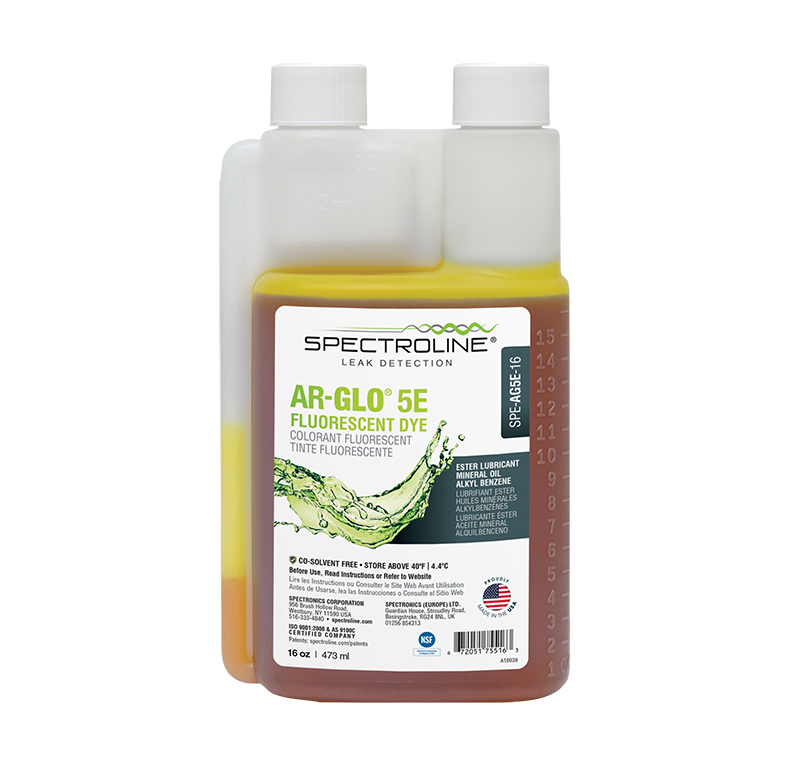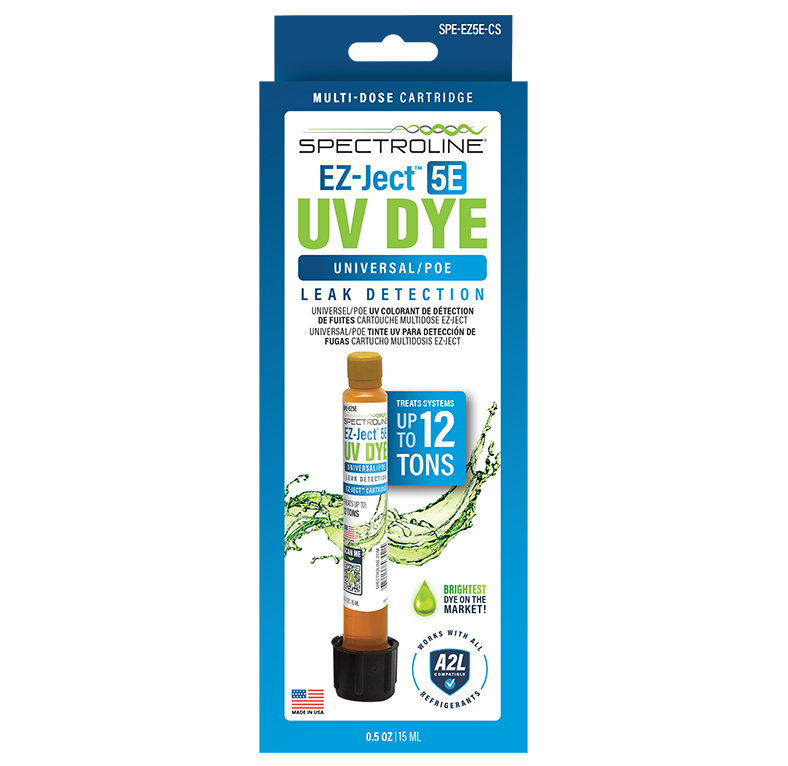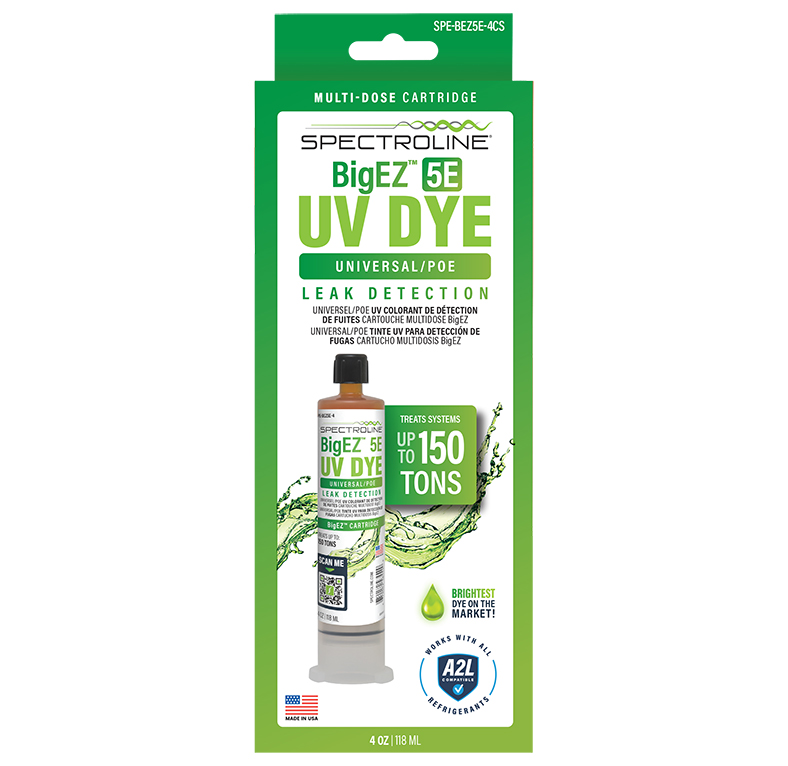What is driving interest in CO2 (R744)?
In light of increasing apprehensions regarding the detrimental effects of fluorinated refrigerants on the environment, there has been a resurgence in using natural refrigerants. CO2 (R744) and R717 (NH3) refrigerants are utilized for industrial applications at low temperatures. Carbon Dioxide (CO2, R-744) has been used as a refrigerant for over a century. In modern times, CO2 continues to grow in usage in supermarket applications, cold storage distribution, industrial production plants, and many other facilities due to CO2 being an environmentally friendly refrigerant with low global warming potential (GWP of 1) and Ozone Depletion Potential of 0. In addition, it’s considered a non-toxic, non-flammable, and affordable alternative refrigerant.
More benefits include:
- High performance, low energy consumption
- It has a high heat transfer coefficient
- It has no long-term side effects
- This gas has a low toxicity (it is only dangerous in high concentrations)
- It is cost-effective, and there is no risk of obsolescence
- It is highly available as it is obtained as a by-product of various processes
- It can be mixed with POE, PAG, and PVE lubricants
Challenges of CO2 for Applications
CO2 has higher working pressures, far exceeding that of traditional refrigerants and is also found in the atmosphere making leak detection with electronic sniffers rather difficult. CO2 leak detection is of critical importance when it comes to safety as CO2 can displace oxygen, creating a dangerous work environment. Most CO2 systems are typically medium to large in size and have various system designs that may use POE, PAG, or PVE lubricants. Therefore, when one is considering a fluorescent leak detection dye, one based on POE oil is best suited due to its universal lubricant properties. AR-GLO 5E is uniquely suited for CO2 system leak detection applications as POE lubricants are more widely used and have better miscibility in CO2.
Why AR-GLO 5E Fluorescent Dye is a Good Choice with CO2 System Leak Detection
In addition to being universally compatible with various refrigeration lubricants and highly concentrated, AR-GLO 5E is considered co-solvent-free, OEM-grade, and NSF-certified (HTX-2 and HX-2) for food-grade processing applications. It has also been tested to the ASHRAE 97 standard with positive results and has the brightest fluorescence, making the smallest leaks glow bright and easy to locate. AR-GLO 5E can safely remain in the system to find future leaks as part of a preventive maintenance program.
CO2 Application Information
It is important to have proper training to work with CO2. Safety is of the utmost importance due to the high working pressures of CO2 system designs. Most of the CO2 refrigeration systems are designed with the ability to “pump down” or isolate the CO2 away from the oil reservoir allowing for the safe injection of AR-GLO 5E at lower pressures. It is important to consult with the CO2 refrigeration system manufacturer’s procedures for adding oil to the system when considering injecting dye. Injecting AR-GLO 5E may require an adapter to safely connect the dye injector to the CO2 system. Maximum system pressure at the low-side injection point should not exceed 200psi! Some CO2 systems may contain a coalescing oil separator. Therefore, it may take longer for AR-GLO 5E to appear at leak points past the separator.
Spectroline Product Recommendations Containing AR-GLO 5E
Use SPE-AG5E-16 for large sized CO2 systems with up to 64 gallons of lubricant or when adding dye by vacuum injection.
Use SPE-HVLEZE for small-to-medium sized CO2 systems with up to 4 gallons of lubricant. Our EZ-Ject injector and prefilled EZ-Ject cartridges allow for exact dosing with no pouring. Use multiple EZ-Ject cartridges based on overall system lubricant capacity.
Use SPE-HVLBEZE for medium-to-large sized CO2 systems with up to 16 gallons of lubricant. Our large BigEZ injector and prefilled BigEZ cartridge allow for exact dosing with no pouring. Use multiple BigEZ cartridges based on overall system lubricant capacity. 







